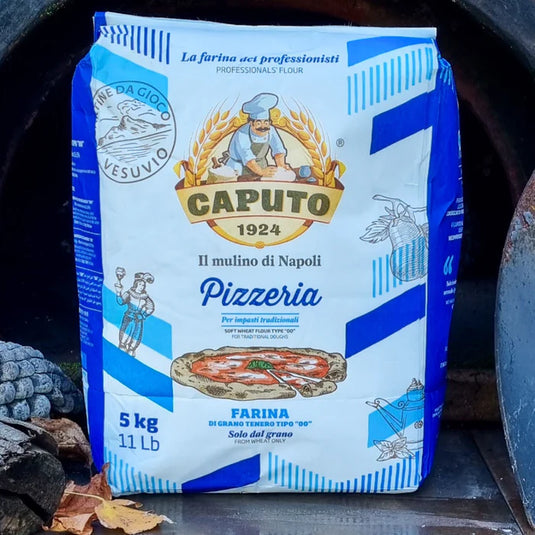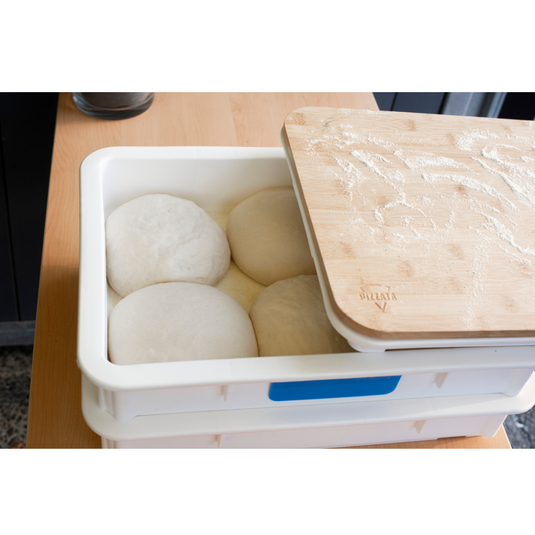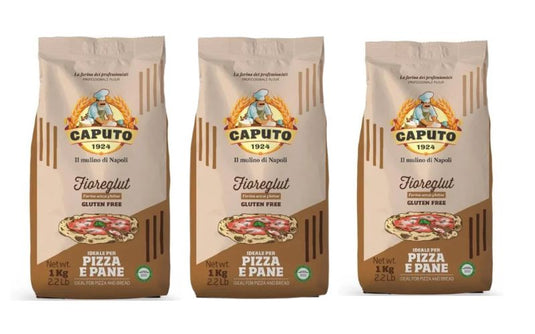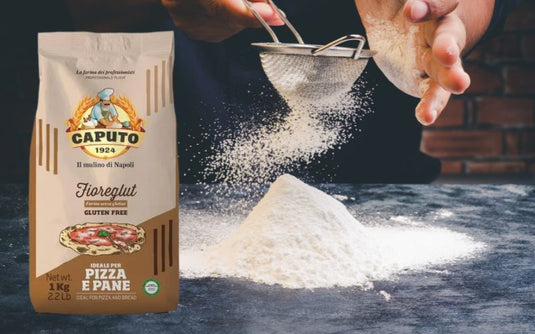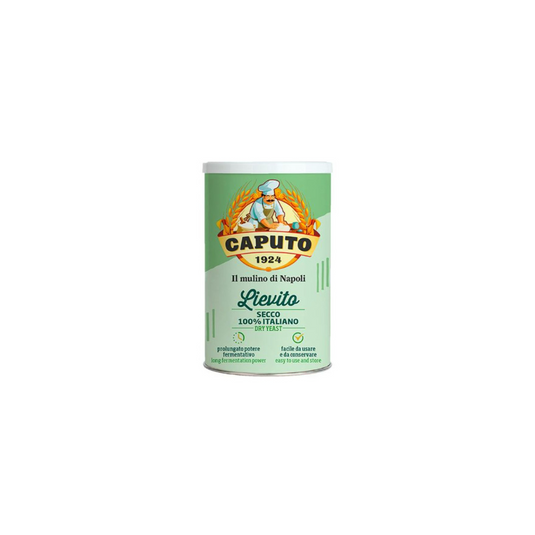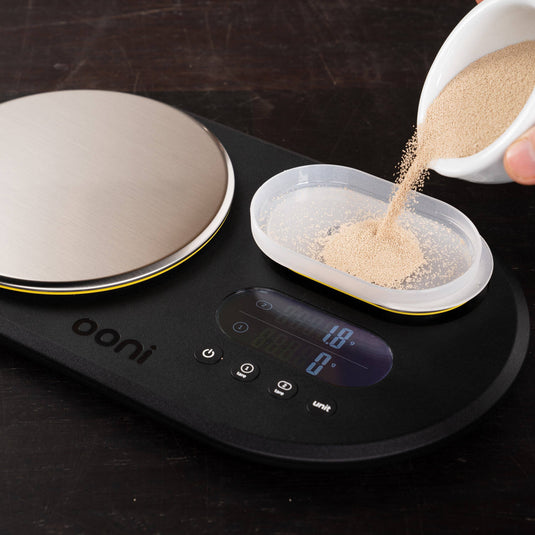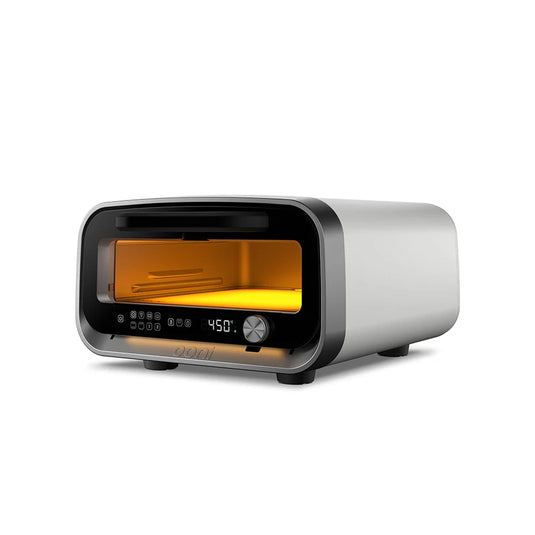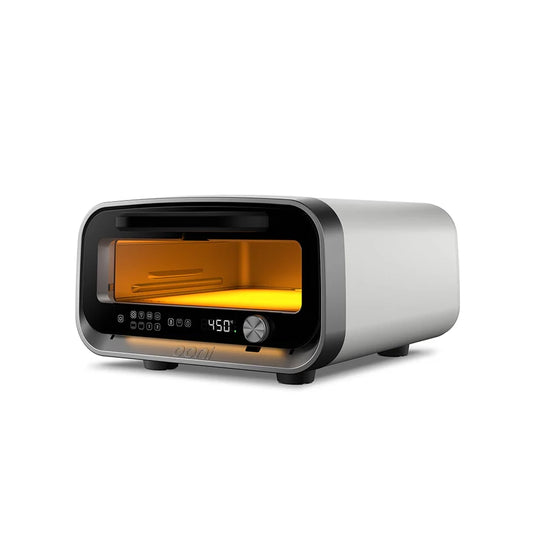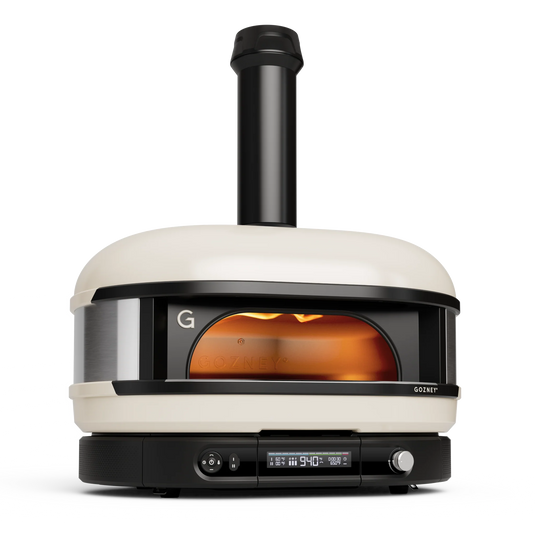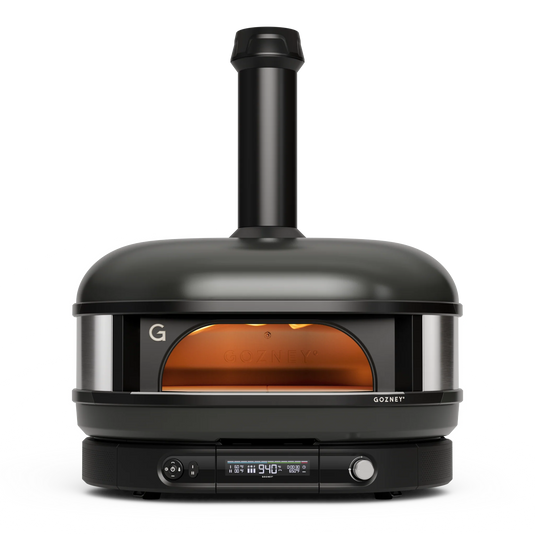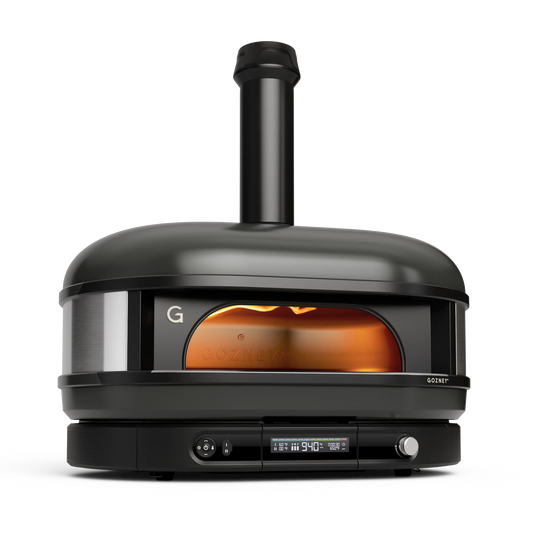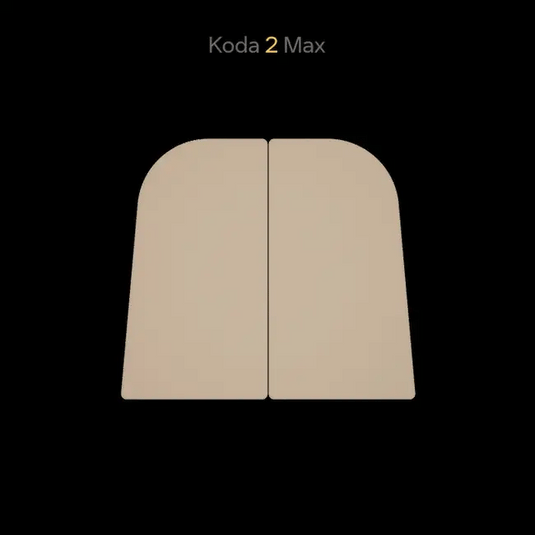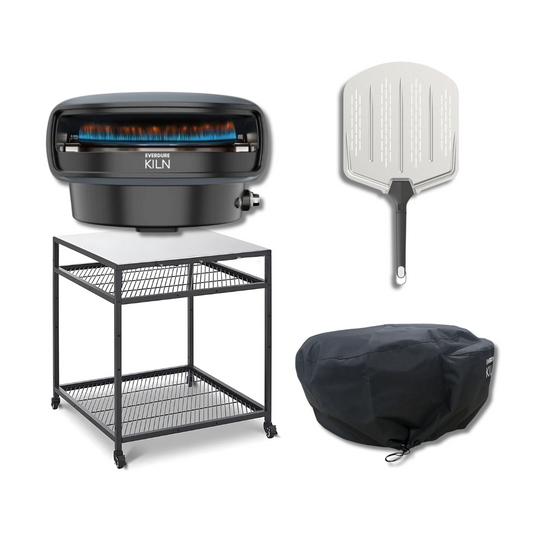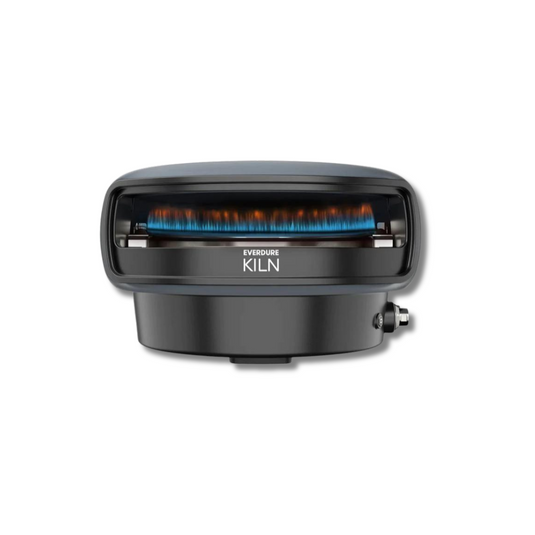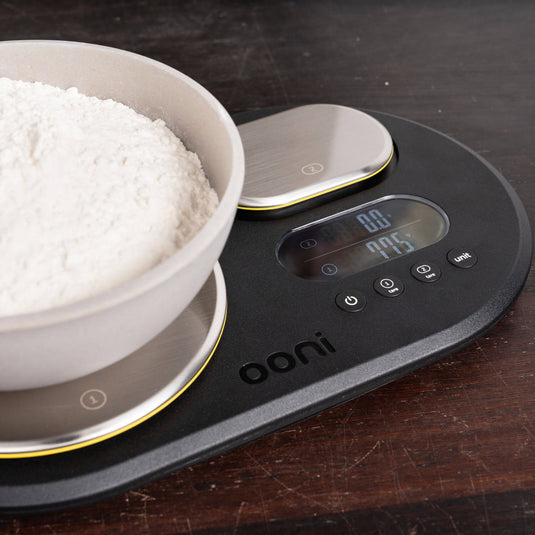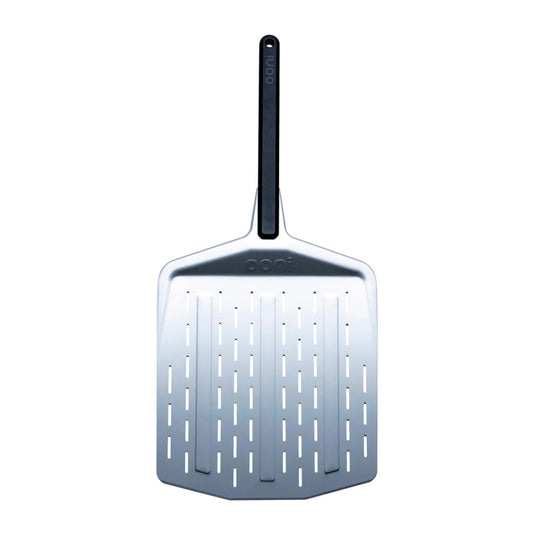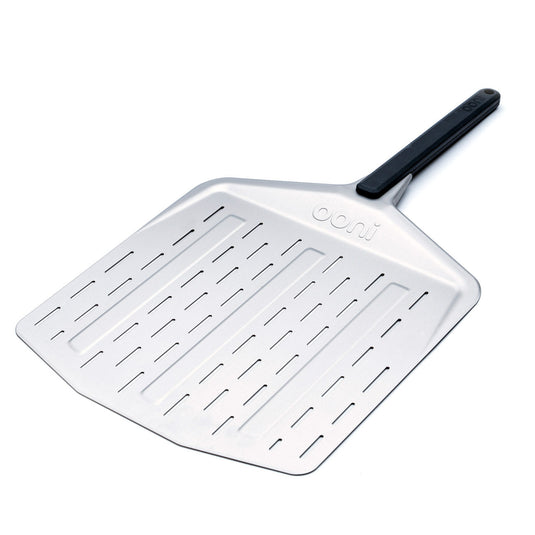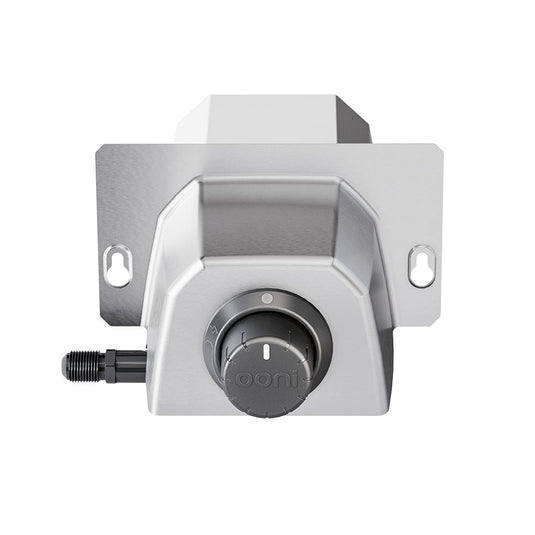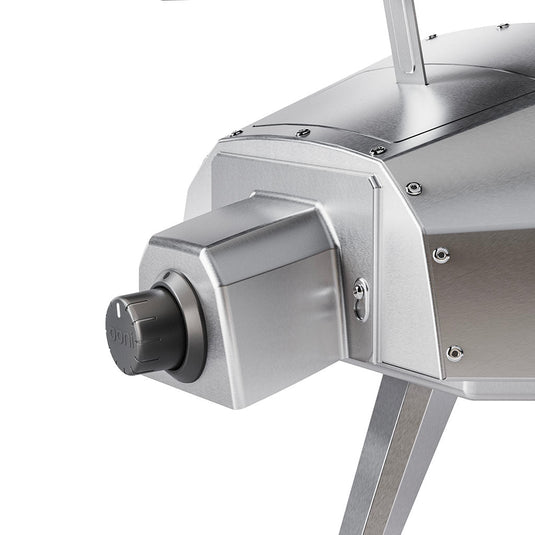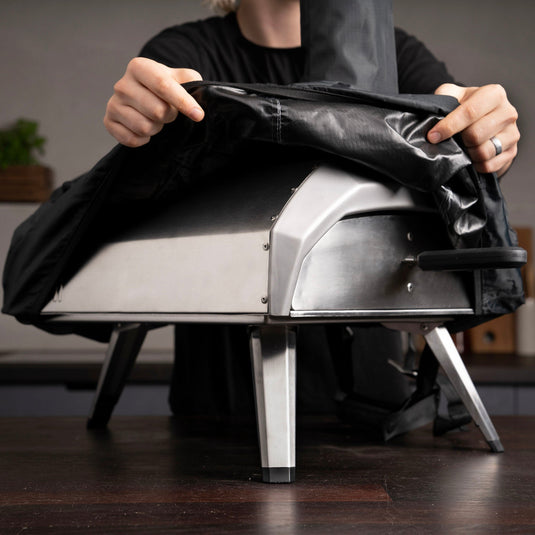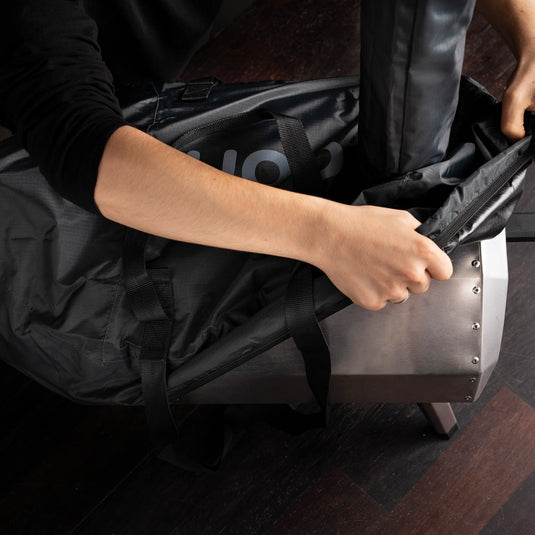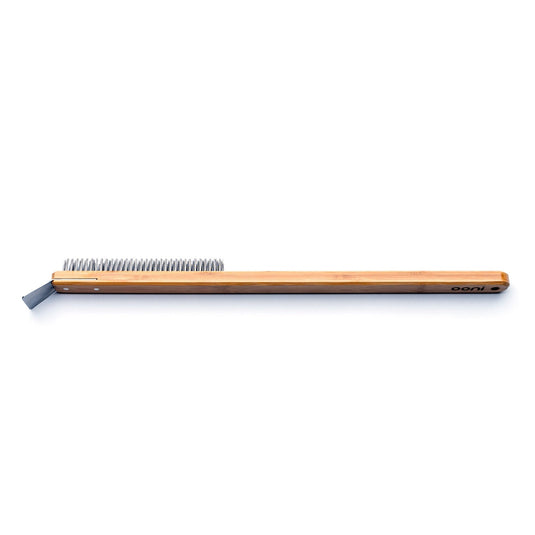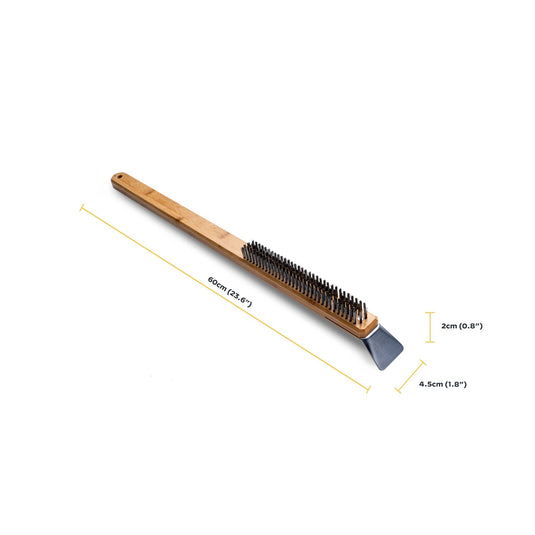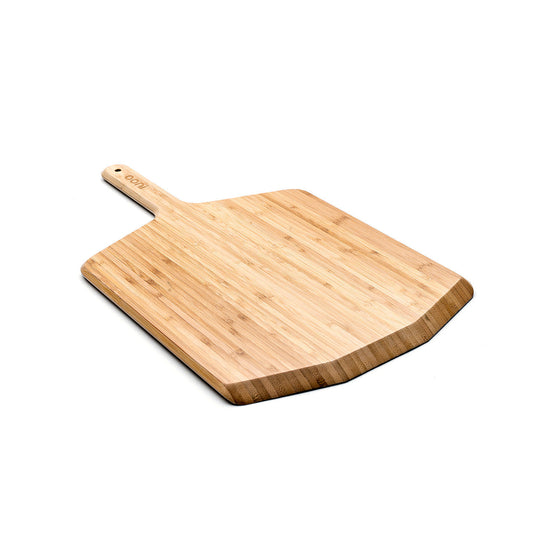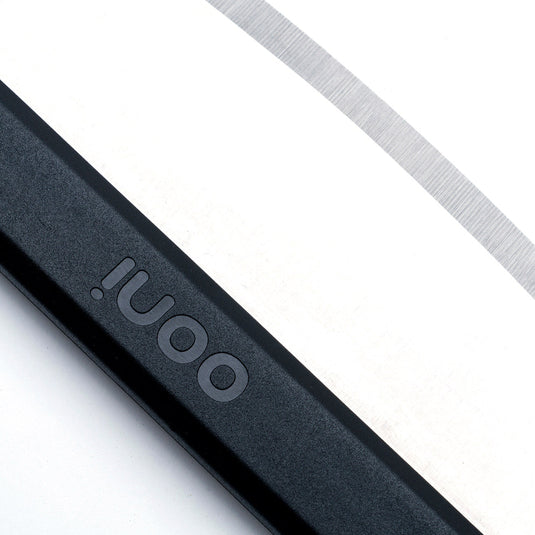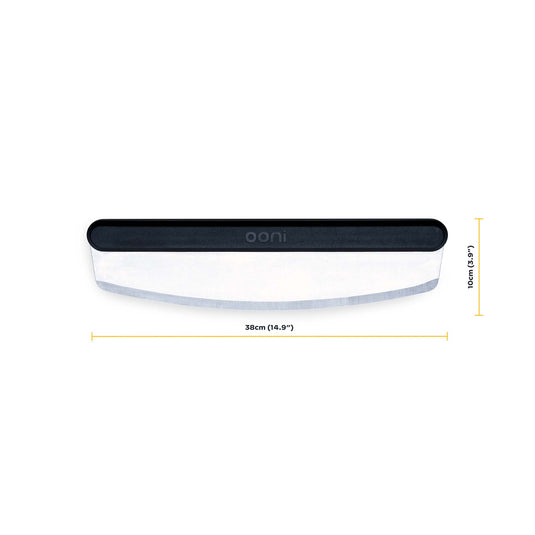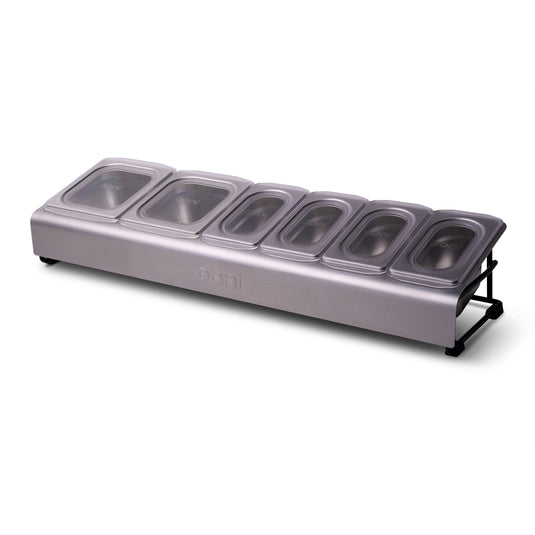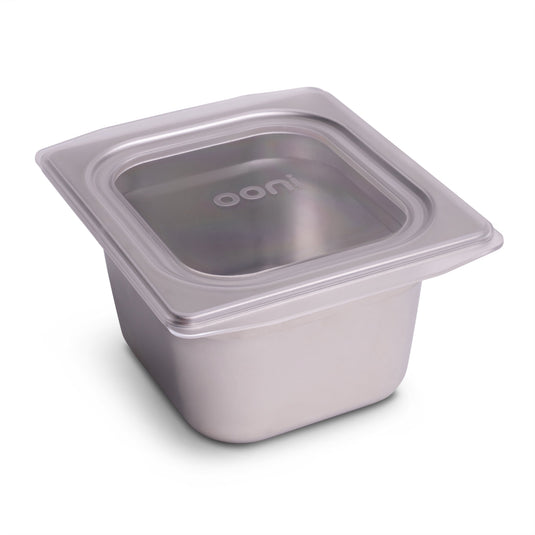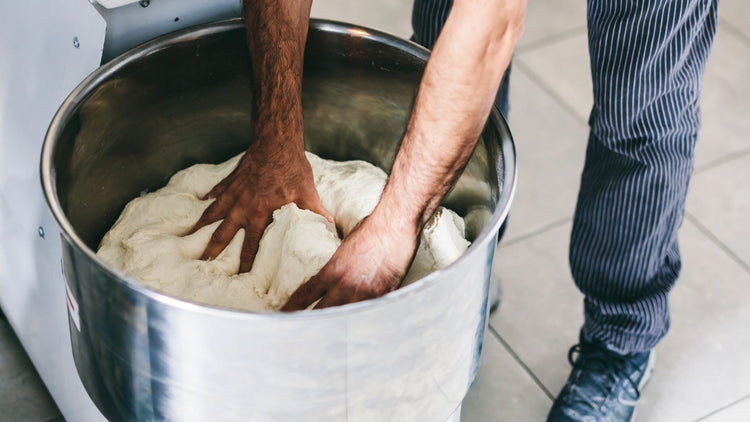
Understanding Pizza Dough Hydration
Understanding Pizza Dough Hydration: A Beginner's Guide
If you’re new to making pizza dough at home, the world of flour, yeast, and water can feel a bit overwhelming. There’s a lot of jargon, a lot of tips, and plenty of technical details to consider—one of the most important of which is hydration. But don’t worry! We’re here to break it down so you can master this crucial aspect of pizza dough with confidence.

What is Hydration in Pizza Dough?
In simple terms, hydration refers to the amount of water in your dough compared to the flour. It’s expressed as a percentage, and it plays a huge role in the texture, workability, and final crust of your pizza. A 60% hydration dough, for example, means you’re using 600g of water for every 1000g of flour. With 75% hydration, that increases to 750g of water for the same amount of flour.
Why Does Hydration Matter?
Pizza is traditionally cooked at very high temperatures—around 400°C (750°F) in a proper pizza oven. At this heat, the water in the dough rapidly turns to steam, which cooks the dough from the inside out, creating that signature light, airy crust of a classic Neapolitan pizza.
-
60-65% Hydration: This is easier to work with and perfect for beginners. It can be made by hand or in any home mixer and can still produce that beautiful Neapolitan-style lightness. If you’re starting out, aim for this range. Standard Caputo 00 flour works beautifully in our Classic Neapolitan Pizza Dough Recipe.
-
70-75% Hydration: Once you’ve mastered the basics, experimenting with higher hydration can take your pizza to the next level. These doughs create an even lighter, more open crumb but are trickier to handle. Specialised flours like Caputo Nuvola are designed to absorb more water, making them ideal for these recipes.
- 75% to 85% Hydration - The type of flour you use is key to perfecting this hydration dough. We recommend Caputo Nuvola Super as used by top pizzaiolos, it can handle hydration levels up to 85%, resulting in silky, luxurious dough. Keep in mind, though, that higher hydration requires more precise handling, longer fermentation, and the right tools— a good dough mixer is essential.

Tips for Working with High Hydration Dough
Higher hydration doughs can be sticky and delicate, but these tips will help you work with them like a pro:
-
Use a Bench Scraper: Sticky dough can be a challenge. A bench scraper helps lift and shape the dough without it clinging to your hands or work surface.
-
Rest Between Stretches: Let the dough rest for a few minutes between stretches to relax the gluten. This makes shaping easier and prevents tears.
-
Flour is Your Friend: Dust your hands, work surface, and even the dough with a light coating of flour to reduce stickiness.
-
Take Your Time with Fermentation: Higher hydration doughs benefit from longer fermentation. Allow the dough to rise slowly in the fridge for 24-48 hours. This not only improves the flavour but also strengthens the dough structure.
Where to Start
For beginners, start with a 60-65% hydration dough. It’s forgiving, easy to work with, and delivers fantastic results. Once you’re confident, gradually experiment with higher hydration levels. The journey from a manageable dough to a silky, high-hydration masterpiece is both rewarding and delicious. Here is an easy Neapolitan pizza dough recipe that you can try
Final Thoughts
Hydration is one of the most significant factors in pizza dough, but it doesn’t need to be intimidating. Start simple, enjoy the learning process, and savour the results. Whether you’re crafting a classic Neapolitan pizza or exploring new hydration levels, the joy of making pizza at home lies in experimenting, sharing, and, of course, eating.
So, roll up your sleeves, dust off that flour, and let your pizza journey begin. Happy pizza-making!








